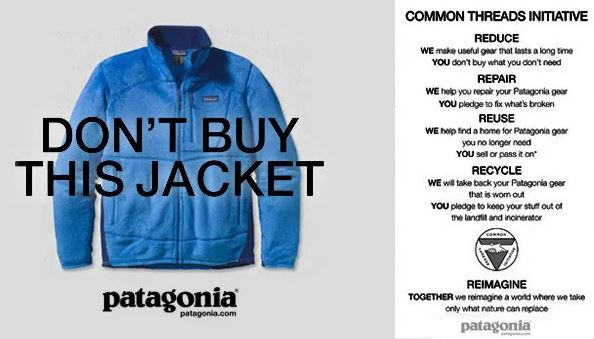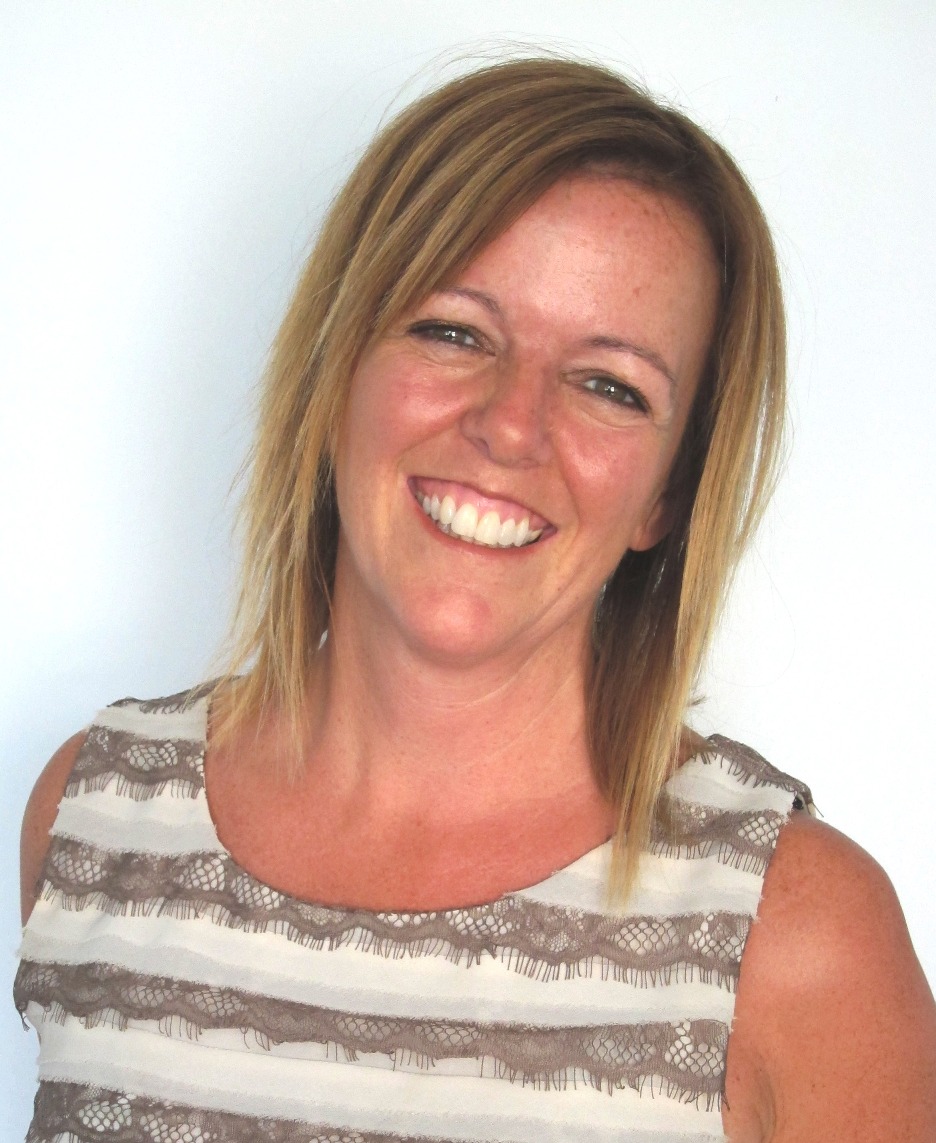Sally Uren of Forum for the Future outlines seven shifts that must happen in 2019 if companies are to rise to the sustainability challenges we now face
Sustainability version 1.0, which evolved from CSR 1.0, has undoubtedly been useful. It has ushered in a growing number of businesses around the world who now have a good understanding of their material environmental and social impacts; it has prompted the creation of new economic instruments designed to promote sustainable development, from green bonds to impact investing; it has spawned a new approach to marketing, with purpose now a key driver for many forward-looking brands; and critically, Sustainability 1.0 has catalysed the development of a growing community of change-makers, all committed to delivering a sustainable future.
But this isn’t enough. Sorry.
The stark climate change science tells us that our window to act meaningfully and avoid the worst – and in many ways, absolutely terrifying – impacts of climate change, is closing fast. And even then we will need to get very real about understanding a world where deep adaptation to climate change dictates how we live our lives.
At the end of 2018, I am feeling less optimistic about our ability to deliver the wonderful SDGs by 2030. This is because I don’t believe the actions that the NGO community, business, philanthropy, government, civil society and citizens more broadly, are currently taking to deliver sustainable development are sufficient. 2019 needs to be the year in which we make seven important shifts:

1. From making the generic business case for sustainability to showing how it can create value. The business case for sustainability is so obvious, and yet only a tiny percentage of publicly listed companies have properly integrated sustainability into their core strategy. So something isn’t working. Time then to spell out which of a business’s value drivers, from employee retention to market share, can be turbo-charged by sustainability.
Diving deep on the detail has certainly worked for Unilever, whose Sustainable Living Plan (USLP) embedded nine specific commitments and targets at the heart of its operation, affecting decisions across the company and its value chain. Outdoor clothing specialist Patagonia has similarly embraced sustainability at its core, notably abolishing its sustainability department, and adding “[using] business to inspire and implement solutions to the environmental crisis” within its mission.
2. From detailed implementation planning, to experimenting, learning fast and adapting. Spending months on a detailed implementation plan, sticking to it, and hoping to deliver transformational change – or indeed any change – is slightly insane, as the enablers for successful delivery will have changed. Far better to declare an audacious goal, and just get on with it, testing hypotheses for change, learning and course-correcting all the time. And maybe changing the goal. When Paul Polman declared Unilever’s intent to decouple growth from environmental impact, the delivery pathway wasn’t clear, but just look at the success of the USLP. From Interface’s Mission Zero to Patagonia’s Common Threads the businesses that are making a step change in their contribution to sustainable development are the ones with big ambition and a willingness to “fail fast”.
Sustainability isn’t simple, and we need to be better at communicating its complexity and ambiguity
3. From binary messages to complicated ones. Everyone likes simple messages. However, sustainability isn’t simple, and we need to be better at communicating its complexity and ambiguity. Take Iceland’s recent announcement to phase out palm oil from its products, supported by the very compelling animation featuring Rang Tan. Nice and simple. But it doesn’t communicate the full facts: that sustainably produced palm oil can have very positive impacts on livelihoods and is often a more sustainable alternative to palm oil substitutions, which can cause more negative environmental impacts than certified palm oil. And so on. Let’s stop this reductionist approach to communication on sustainability, and use the full creative genius of communication specialists, along with the flexibility and adaptability of social media, and have a go at communicating more sophisticated messages, which will be far more effective at raising awareness in ways that could compel the mainstream to act.
4. From philanthropy to market transformation. Perhaps nothing new here as we’ve guessed for a while that many millions of philanthropic capital are deployed to deal with the symptoms, not the cause of catastrophic environmental and social disasters. Time then to deploy the patient, risk-tolerant capital held by the philanthropic institutions around the world to address the systemic market barriers that often prevent new, more equitable, forms of capitalism emerging.

Back in 2006, the economist Nicholas Stern wrote that climate change was the result of the greatest and widest-ranging market failure, and that is as true today as it was then. Yes, brilliant initiatives by organisations such as CDP are making it easier to deploy capital towards sustainable outcomes; but still we hear that short-termism and profit maximisation prevent many ambitious programmes scaling because the return on investment (ROI) is too slow. Philanthropic capital could be used to plug this ROI gap, giving new market mechanisms time to deliver the returns that investors currently need, creating a tipping point in the markets where capital flows support sustainability outcomes, and not, as is often the case today, undermine them.
5. From the sustainability echo chamber to building the field. Because driving change towards sustainability is really hard, we’ve built a strong community, who come together at conferences, share what we’ve learnt, and critically help build personal resilience (well, that’s a big benefit for me). But we are in an echo chamber, and quite a small one at that. We need to step outside our comfort zone and engage with key groups for whom sustainability isn’t yet their number one priority. Sustainability conferences need to attract social media influencers, local and national government policy makers, chief finance officers etc. And vice versa, we need to walk along the edge of our community and place ourselves at the centre of a different conversation.
Brands need to understand how to inspire their consumers as citizens who have a vested interest in sustainability
6. From consumer to citizens. This shift has been talked about for some time, and is based on an insight that emotional messages can shift behaviours. And yet we still see too few brands actively using their messages to solve grand challenges. Yes, there are Lifebouy, Nike, Ella’s Kitchen, Kenco’s Coffee Gangs and some others, but too often the billion dollar advertising and marketing industry is still encouraging us to buy cheap and buy lots. If we are to deliver Sustainability 2.0, then brands – big and small – need to understand how to delight and inspire their consumers as citizens who have a vested interest in sustainability. Because no one will want to live on a scorched planet dislocated by the societal disruption climate change will inevitably usher in.
7. From less bad to Net Positive. Because it’s time to rebuild nature’s assets, to rebuild communities, to re-imagine a sustainable economy, targets framed as a percentage reduction here, minimisation there, just aren’t enough. Net Positive is a new way of doing business that puts back more into society, the environment and the global economy than it takes out. The movement is gaining traction, but to effect real change, Net Positive needs to shift into the corporate mainstream.

Most importantly, Sustainability 2.0 will require us all to shift mindsets: from focusing on progress to date, to focusing on the gap that still exists, which will in turn need a new paradigm, where sustainability is a societal norm, not the preserve of a mainly liberal elite.
Sustainability 2.0 will also need big bucks from mainstream capital markets. One thing I have learnt the hard way is that transformational change needs some serious investment. Trying to effect systemic change with chicken-feed budgets is slow, painful, and often unsuccessful.
History tells us that systems change happens in waves. The shift to Sustainability 1.0 is complete, and was a positive first wave of change. Sustainability 2.0 needs a different tool kit, and it’s up to all of us to design, and then use, these new tools with intent.

Sally Uren is chief executive of Forum for the Future. She was awarded an OBE in 2018 for services to sustainability. @sallyuren
business ethics CSR climage change Forum for the Future Patagonia


